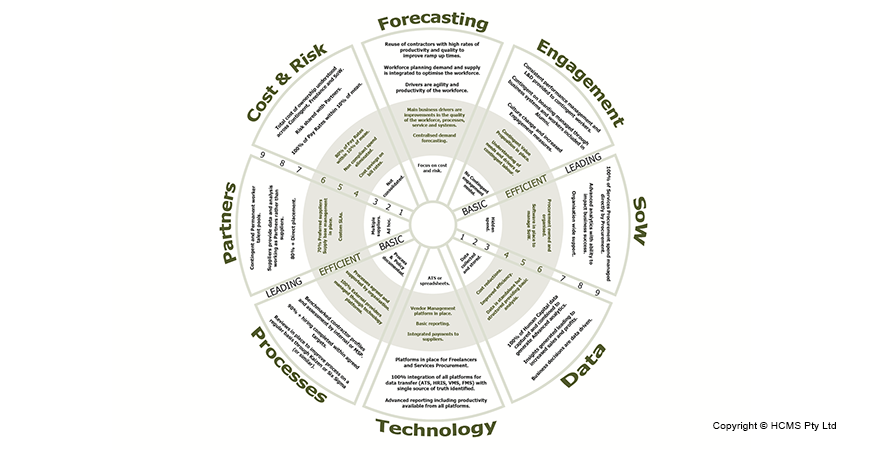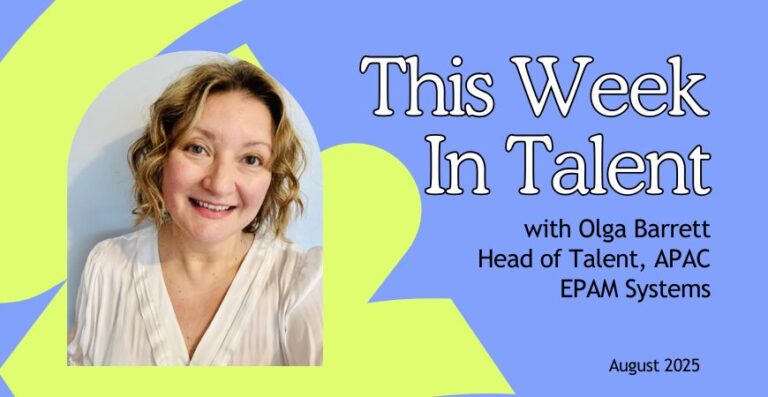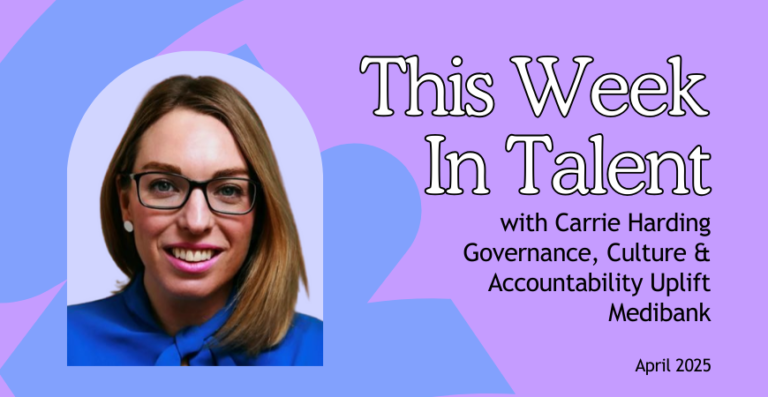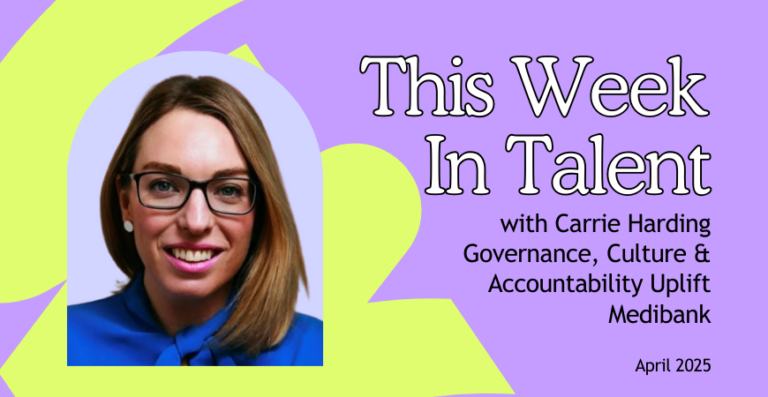Different organisations manage and use Contingent resources differently as this comes down to the nature of their work and, more importantly, their key business drivers.
However, when it comes to improving these processes, most of them typically only look at simplifying the supply chain (processes), reducing cost & risk, and increasing compliance (via a Statement of Work, or SoW).
Perhaps these are the most straight forward areas to target and although this creates efficiency, it does not provide the organisation with a competitive advantage such as agility that can increase revenue opportunities. Nor does it help to optimise the workforce for them to increase their productivity levels.
There are other essential components that I thought most organisations are overlooking, that they should be looking at to get a clearer picture of the current state of their Contingent Workforce model. They are:
- Partners – how are they partnering with vendors, recruitment agencies and MSP providers to deliver and manage the supply chain can make a huge difference in helping them streamline processes and increase agility;
- Technology – what technology is used and how the process can be further automated;
- Data – what data is being collected and how it is used to measure the effectiveness and efficiency;
- Engagement – how an organisation engages with the Contingent Workforce to improve outcomes; and lastly
- Forecasting – how an organisation uses elements of Workforce Planning to optimise the composition of its workforce.
Looking at these elements in combination with supply chain processes, cost & risk and compliance will help an organisation understand the current status of their Contingent Workforce model and determine where needs to be improved.
And here are the elements put into graphical format:
Did I miss any element? Is there another component of Contingent Workforce we should be including? Leave a comment below, love to hear your thoughts.
Learn more about how you can manage your Contingent Workforce better? Join Trevor at the Contingent Workforce Workshop 2018 in Melbourne or Sydney to learn the skills, models and case studies you need!








